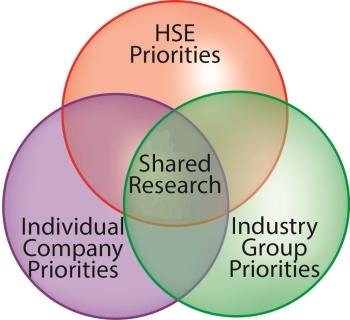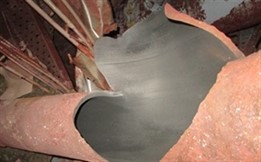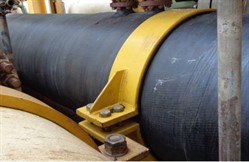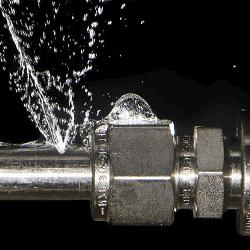"Working together to solve health and safety
challenges"
HSE has a longstanding history of supporting science and
research to address a range of cross-sector health and safety
issues.

Building on this heritage, we provide a platform to identify and
co-fund applied research projects that are of interest to both
industry and regulatory bodies.
Contributing partners can help to shape the research activity
and get exclusive early sight of the results, allowing them to
improve their management of emerging H&S challenges in their
business, assured of alignment with HSE priorities.
How does HSE's Shared Research work?
We run a number of research projects. Each project begins with a
recognised gap in knowledge that HSE and industry stakeholders see
a need to fill, to help us understand and ultimately better manage
health and safety challenges.
We then invite regulatory, industry and other stakeholders to
discuss the idea in more detail, and put together a research
project that will help improve our collective understanding and
knowledge. The project is led by HSE experts, often making use of
the facilities provided by our Science and Research Centre in
Buxton.
Industry and other stakeholders are then invited to contribute
towards funding the research project. HSE also supports the
projects financially. Typically, we will seek several sponsoring
organisations to ensure we can undertake the best research to
answer the health and safety needs we've all identified.
Active shared research projects:
<SEEKING SPONSORS> Corrosion Under Insulation (CUI)

CUI is prevalent on plant both on and offshore,
including nuclear and chemical plants, oil refineries and offshore
installations.
Developments in coatings, insulation materials,
cladding systems and installation practices have led to some
improvements, however the unpredictable nature of CUI, combined
with the associated difficulties of inspecting for and subsequently
detecting anomalies, makes ongoing integrity management extremely
challenging.
Consequently, CUI continues to represent a major
safety threat, having been responsible for a number of major
hydrocarbon releases and presenting industry with a range of
business assurance/continuity challenges that carry with them
significant costs each year.
This project considers CUI from a lifecycle
perspective. Through an empirical work programme, the aim is to
further develop our knowledge and understanding, resulting in
safer, more reliable and efficient operations.
Download the project
overview (PDF)
Contact us for more information about this project at shared.research@hse.gov.uk
<REGISTER INTEREST> Studying the Safety Critical Offshore
Application of Carbon Fibre Reinforced Plastic Engineered Composite
Repairs (ECRs)

In 2020 a Shared Research Project (ECR1) sponsored by HSE,
operators and repair suppliers was completed. ECR1 focused on a
number of key areas such as: quality assurance and integrity
management; inspection; in-service performance; and human factors.
This resulted in the release of an industry-leading Good Practice
Guide.
Whilst ECR1 represented a significant step forward, both HSE and
industry recognise that there are still knowledge gaps associated
with the long-term integrity of composite repairs.
ECR2 will seek to build on the learnings of ECR1 through a
detailed evaluation of recently decommissioned repairs from a
safety critical application.
Download
the project overview (PDF)
Contact us for more information about this project at shared.research@hse.gov.uk
<IN PROGRESS> Further work towards area classification
for oil mists (MISTS2)
 Mists of high-flashpoint fluids such as hydraulic
oils, lubricating oils, diesel and heavier fuels can ignite and
produce explosions at temperatures below their flashpoints.
Mists of high-flashpoint fluids such as hydraulic
oils, lubricating oils, diesel and heavier fuels can ignite and
produce explosions at temperatures below their flashpoints.
There is a legal requirement to consider hazardous area
classification for flammable mists. Whilst area classification for
explosive gases is well established, available guidance for
flammable mists is limited, brief and largely qualitative when it
comes to controls for such risks.
Following on from a successful joint research project on the
formation and mitigation of flammable mists [MISTS1], this current
project seeks to further develop our knowledge and understanding of
the formation and mitigation of flammable mists.
Contact us for more information about this project
at shared.research@hse.gov.uk